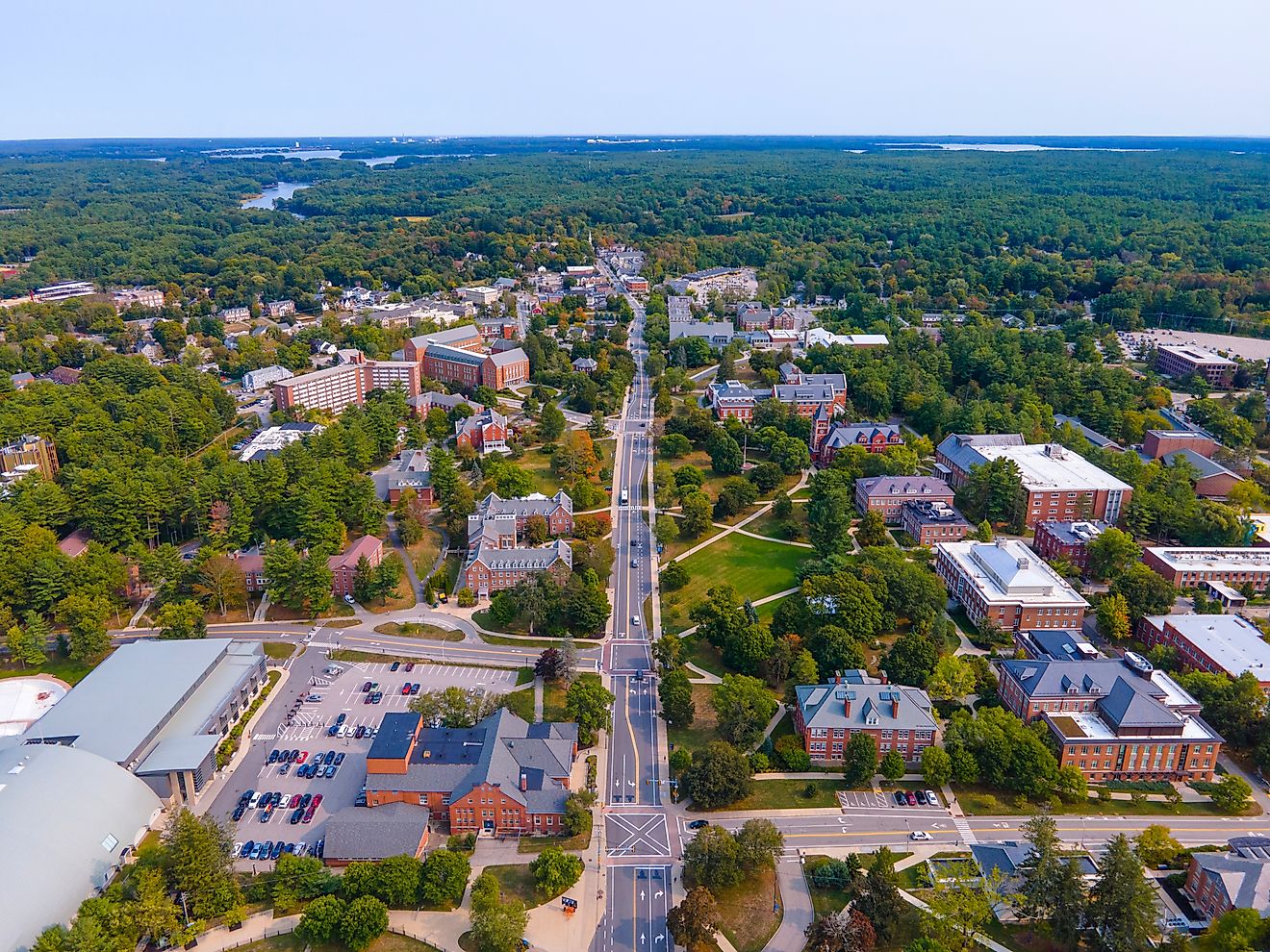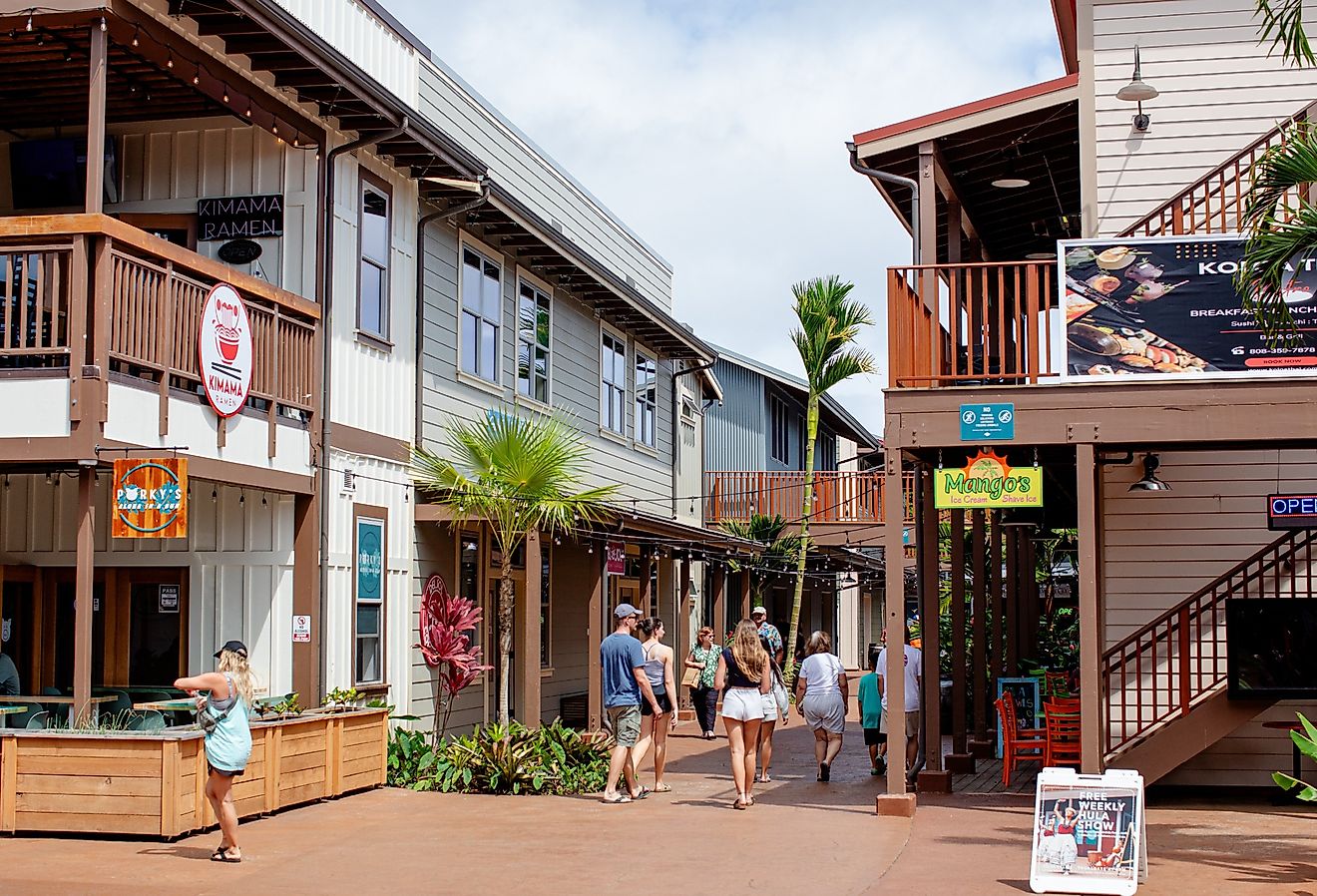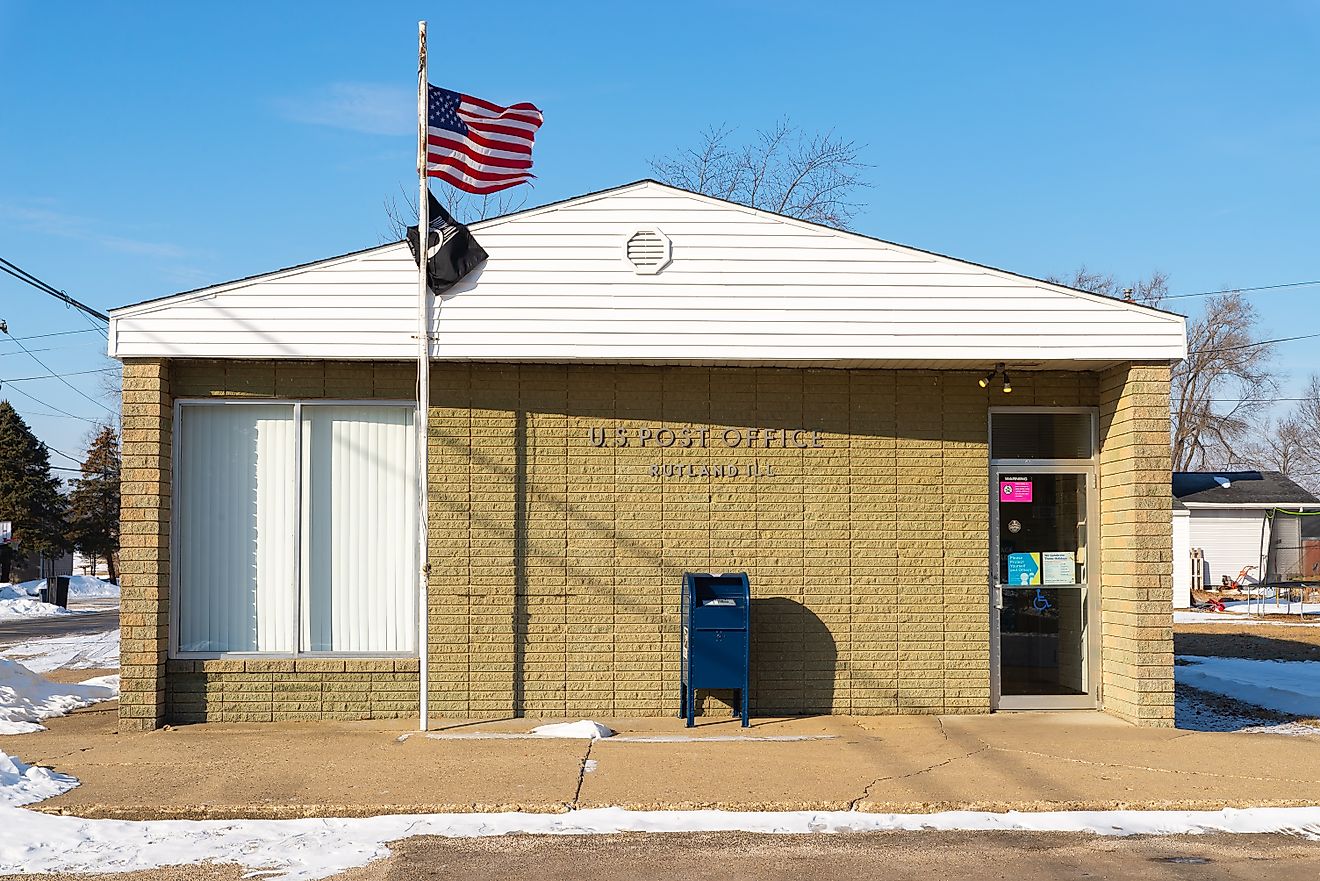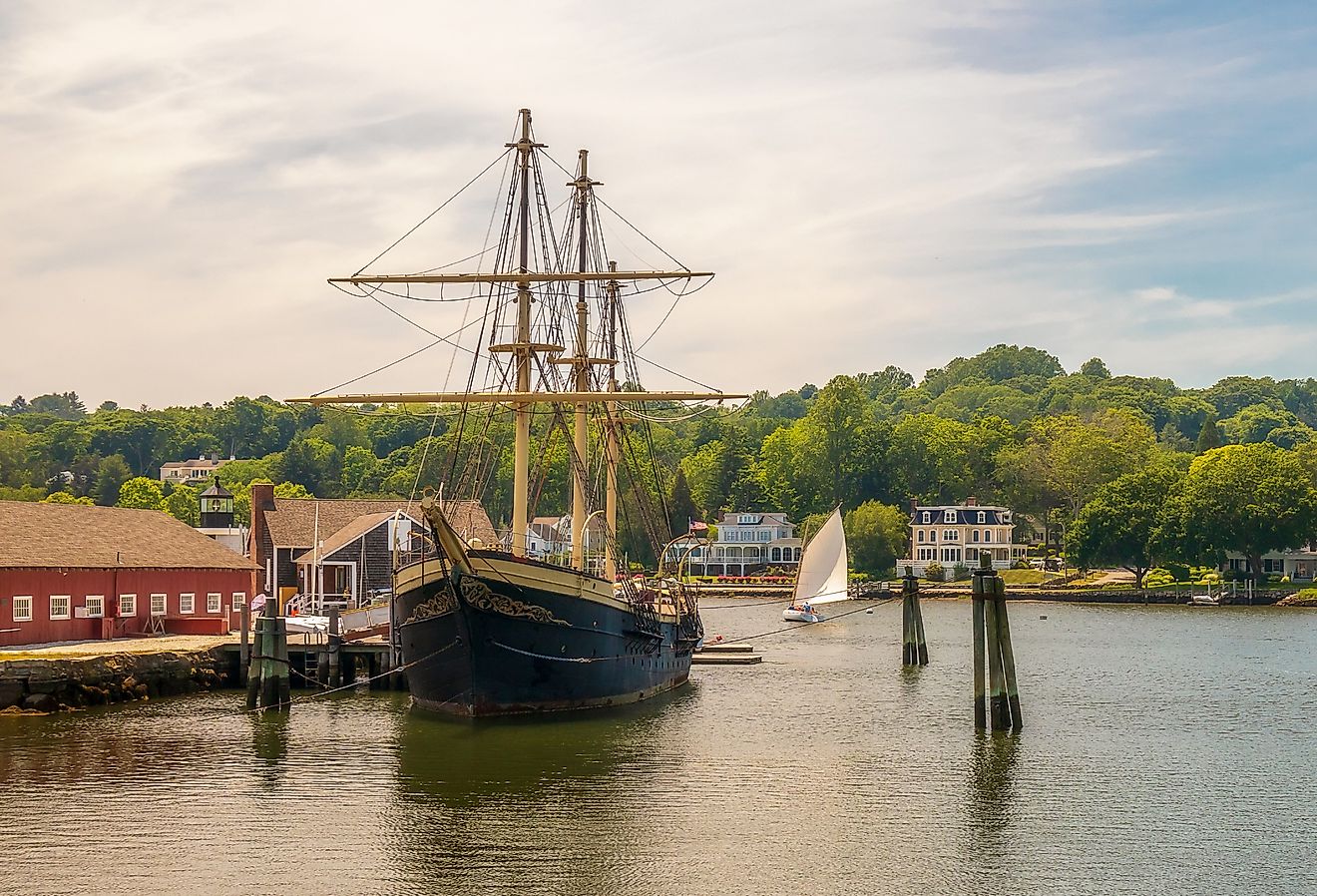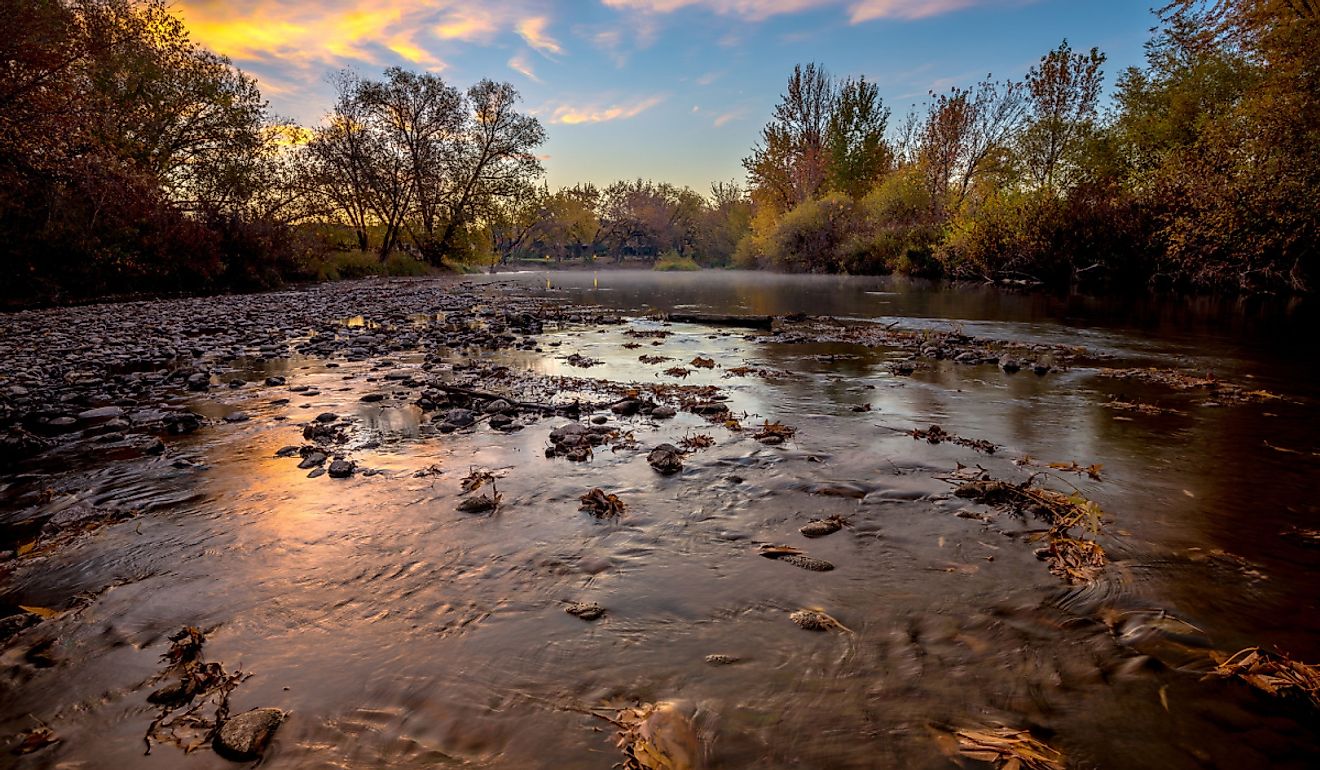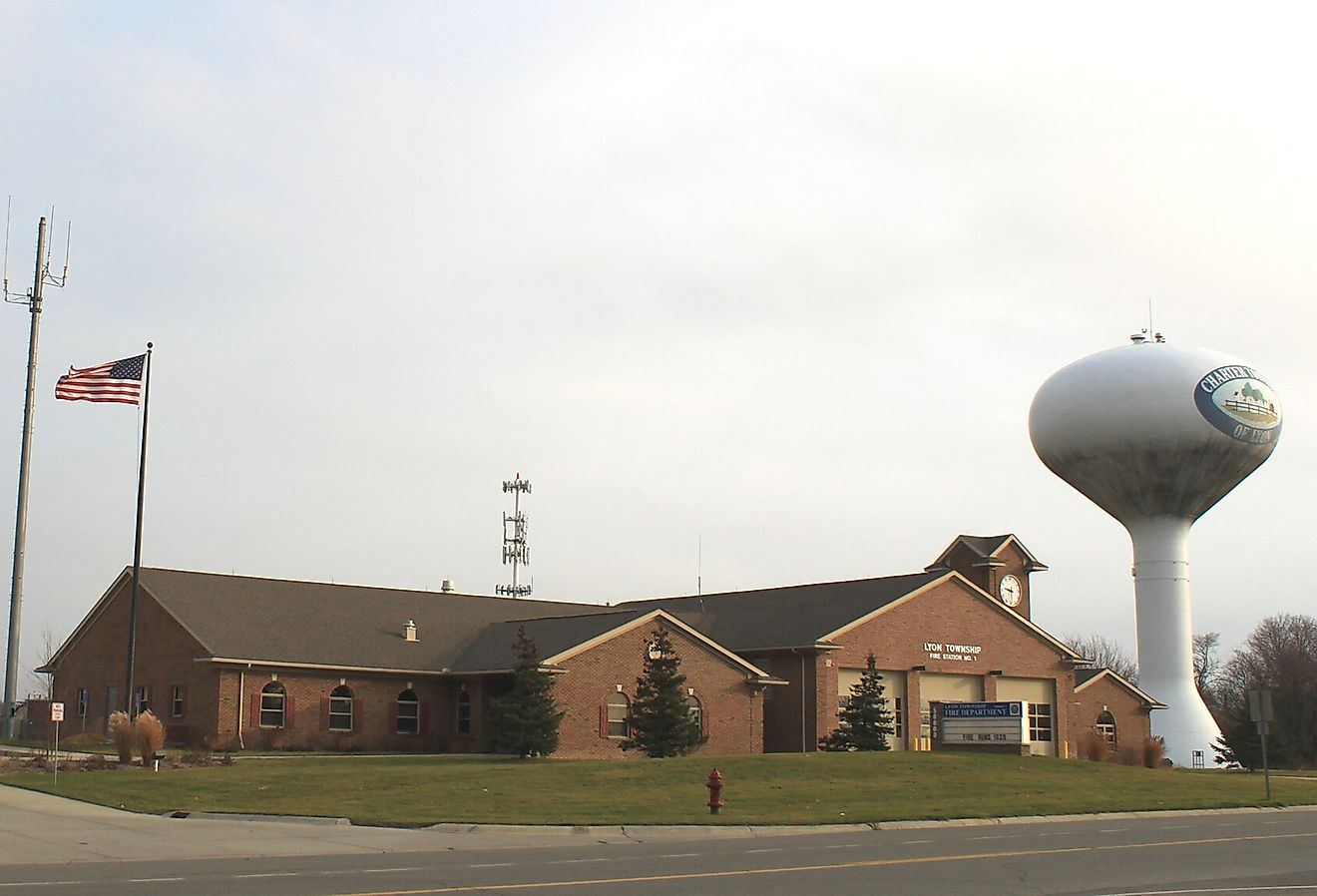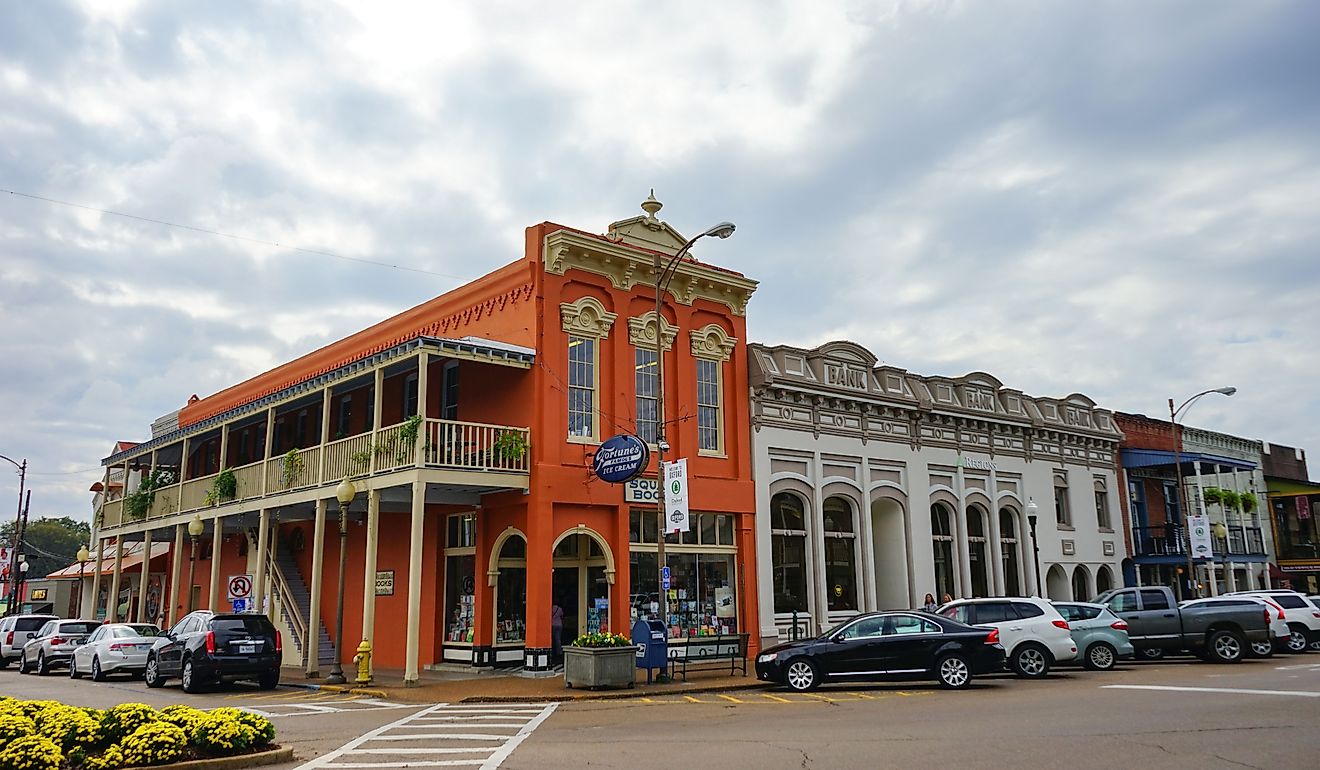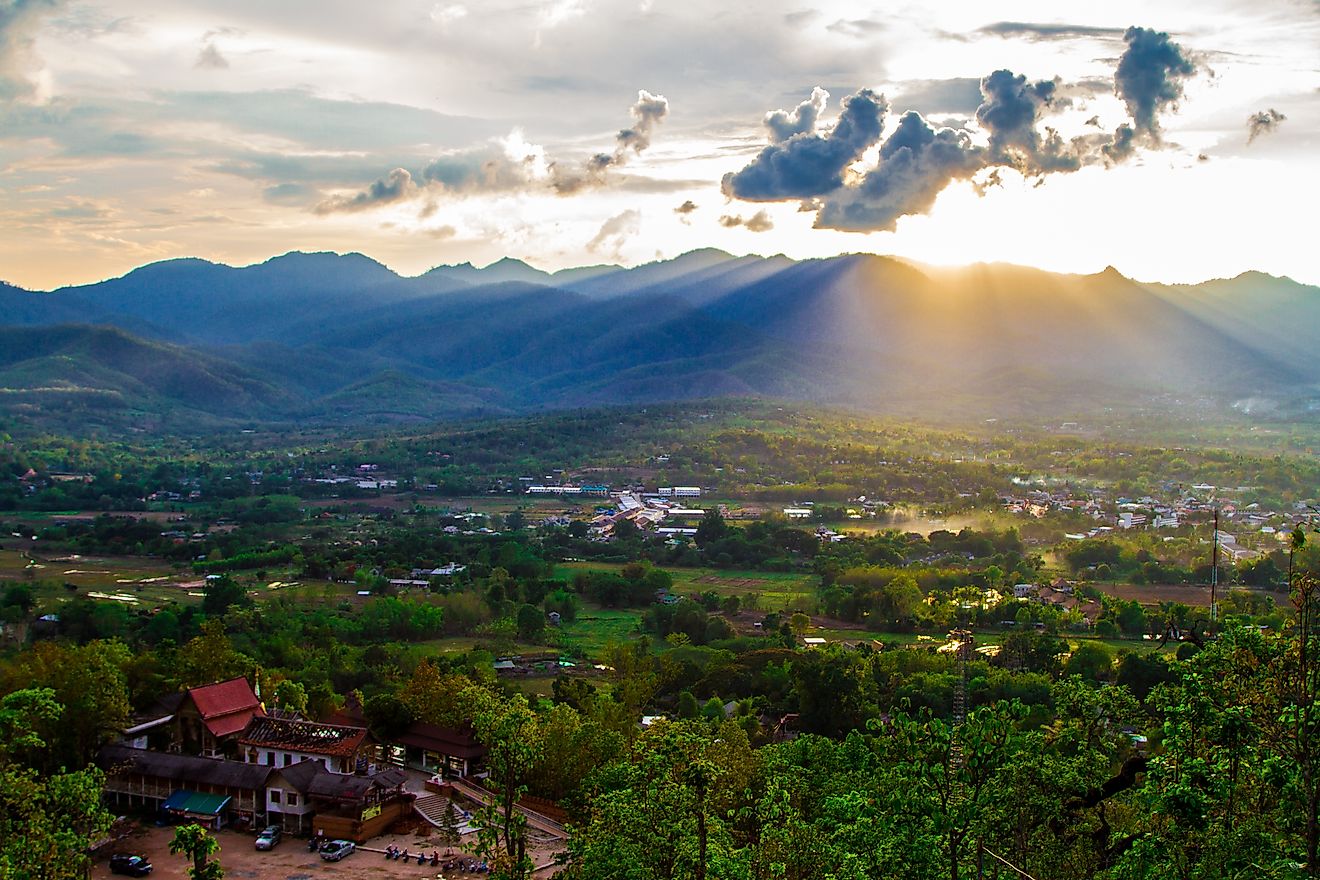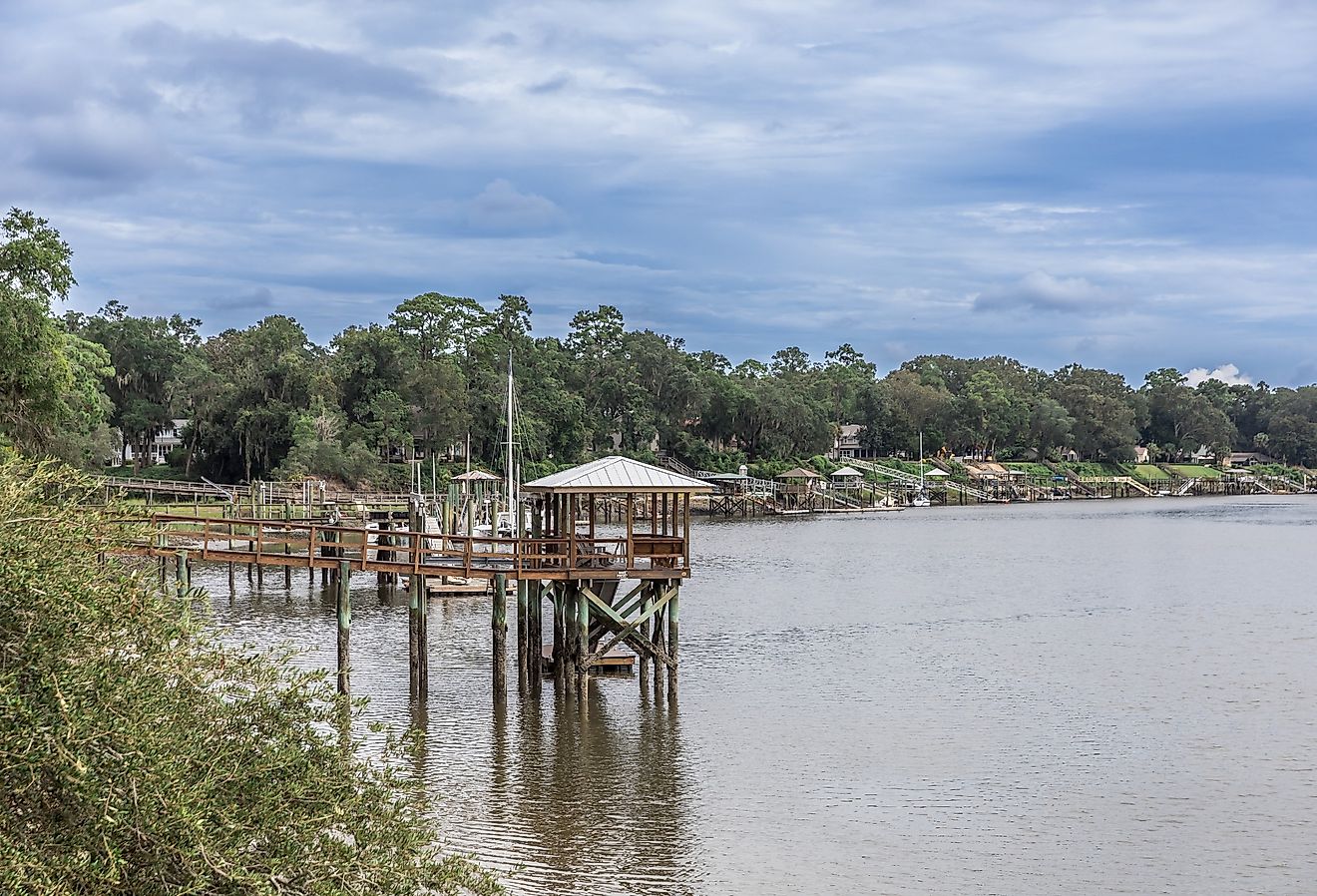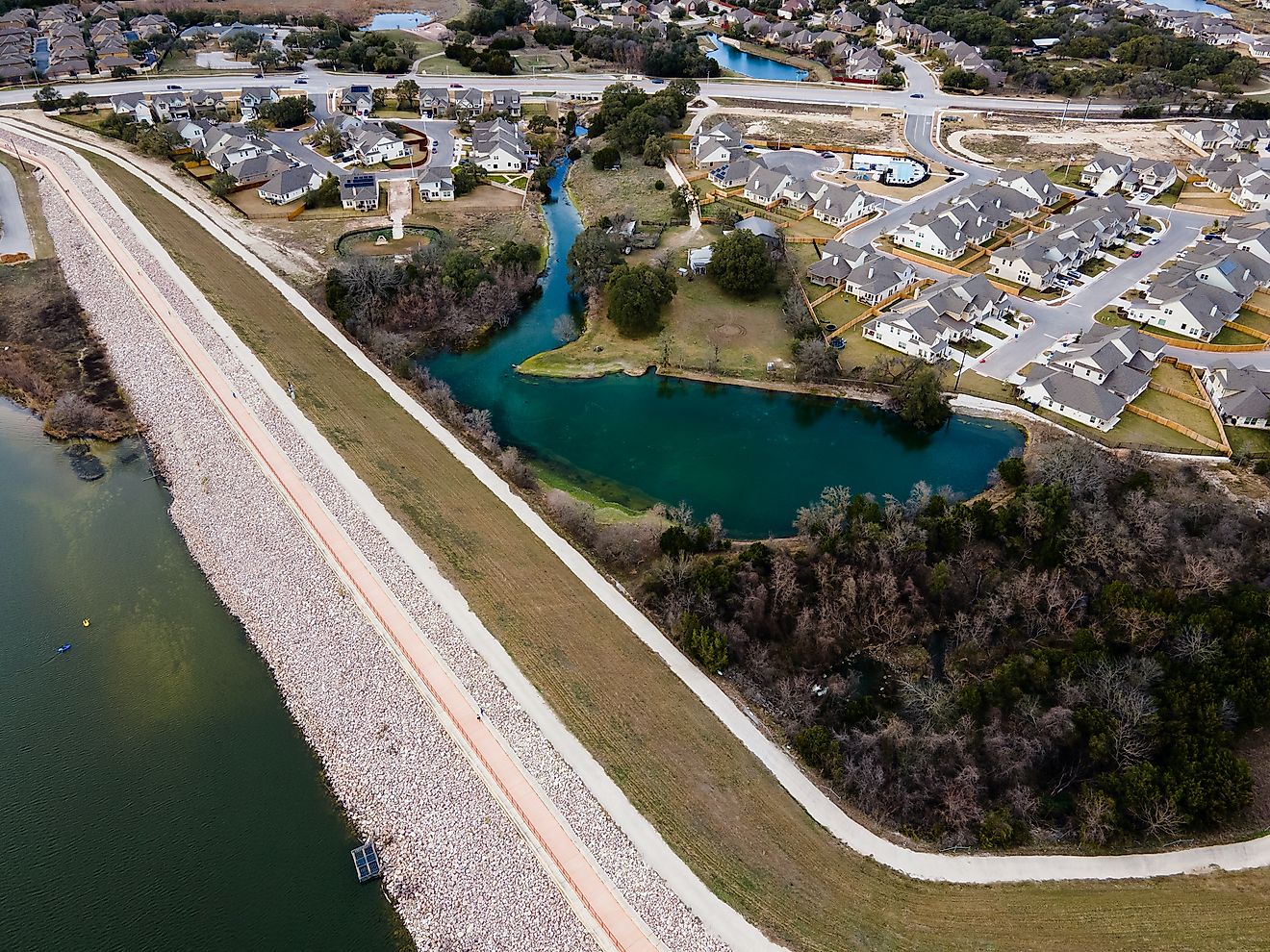
The Theater Hub of the Pacific Northwest
Ashland is a picturesque city in the Rogue Valley in southern Oregon. It is set against the stunning backdrop of the Siskiyou Mountains, a rugged subrange of the Klamath Mountains. The city of around 21,000 residents is along Interstate 5. Before entering Ashland, travelers driving north from California reach the highest point on the interstate, the stunning Siskiyou Summit, at an elevation of 4,310 feet. What a fittingly dramatic entrance to Ashland's cultural attractions, including the world-famous Oregon Shakespeare Festival.
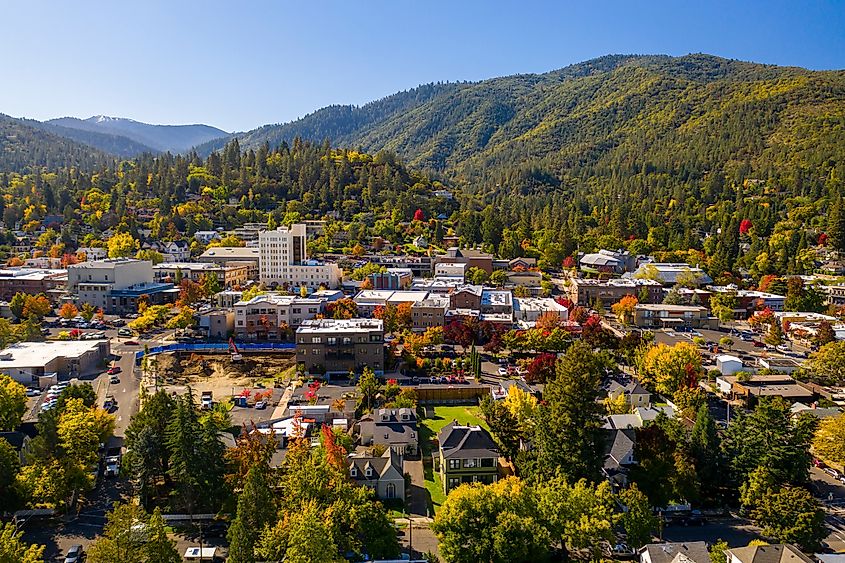
A Dark Chapter in Ashland’s Early History

Ashland was originally home to the Shasta, Takelma, and Rogue River Athapaskan tribes, who lived in the area for thousands of years before the arrival of European and American settlers, drawn to the Rogue Valley by the promise of fertile land and plentiful resources. The discovery of gold in the region also brought prospectors to the area, who often had little regard for the humanity of the Indigenous people.
Indigenous groups clashed with encroaching pioneers, who organized themselves into armed militias in ongoing conflicts that climaxed with the tragic Rogue River Wars in the 1850s. Eventually, under the leadership of Franklin Pierce, the 14th president of the United States, the Indigenous people were forcibly relocated to the Coast Indian Reservation. Forcible relocation and other oppressive tactics are a pattern faced by Indigenous peoples worldwide; for example, the Coast Indian Reservation was later reduced in size and renamed the Siletz Indian Reservation.
Today, the Confederate Tribe of Siletz Indians, a confederation of those peoples concentrated on the Siletz reservation, is one of the most successful, Indigenous interest groups in the United States, continuing to advocate for Indigenous dignity and civil rights. They are committed to resisting the continuation of a pattern of oppression faced by Indigenous peoples worldwide.
Ashland's Journey from Mill Town to Cultural Hub
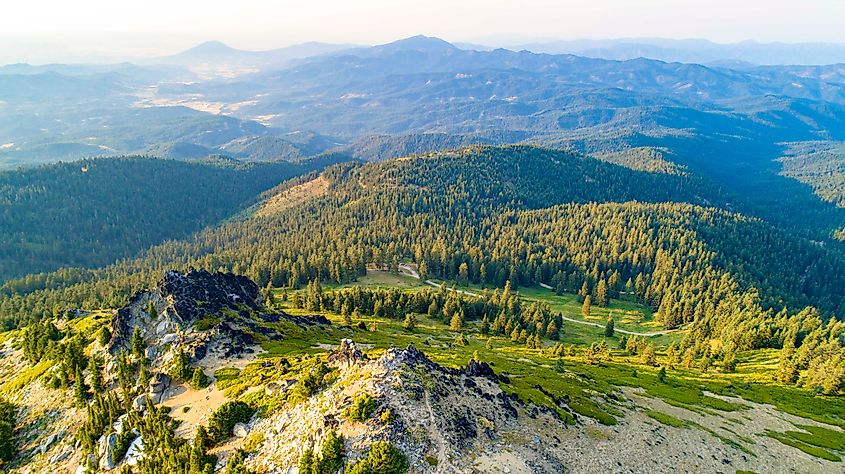
Abel Helman, a key figure in Ashland’s history, established a milling community called Ashland Mills, named after Ashland County, Ohio, where he was born. His first mill was a water-powered sawmill on Ashland Creek, which was later transformed into a flour mill. The Ashland Woolen Mill followed soon after. The city was incorporated with the state of Oregon on October 13, 1874, and its name was shortened to Ashland.
The discovery of gold in nearby Table Rock City (now Jacksonville) saw Ashland’s economy increase with the influx of gold seekers. The Southern Pacific Railroad soon followed in the 1880s and connected Portland to Sacramento, making Ashland the largest and wealthiest community in southwestern Oregon. This left the mining boomtown of Jacksonville in its proverbial gold dust as Ashland began attracting tourists to the healthful water of Lithia Springs, a natural mineral spring known for its high concentration of lithium salts. Fast-forward to the 20th century, Ashland became a tourist hotspot known primarily for its outdoor wellness opportunities, culture, and arts.
All the World’s a Stage in Ashland
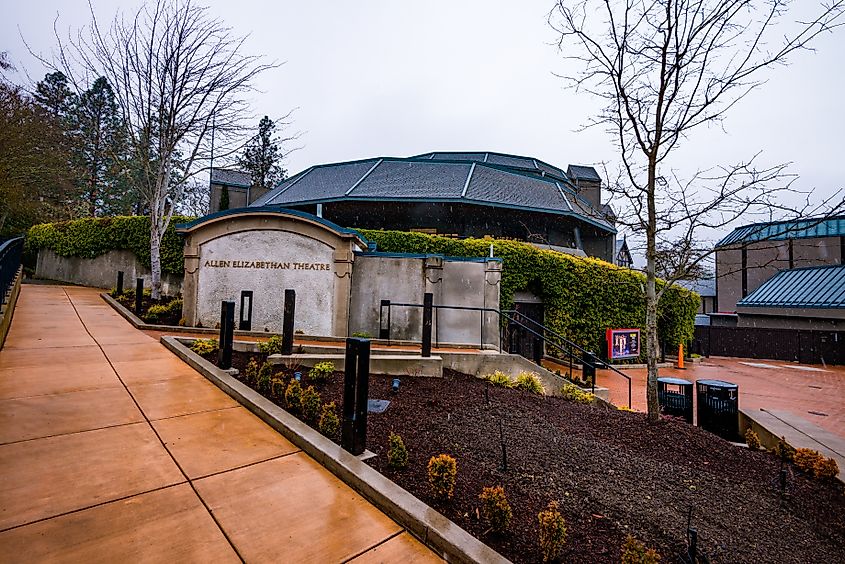
Today’s Ashland could easily be a scene straight out of a William Shakespeare play because it is an artsy city steeped in culture. The arts flourish, streets buzz with life and creativity, and the former mill town has become world-famous for the Oregon Shakespeare Festival (OSF). The OSF is one of the oldest and largest non-profit theaters in the U.S. It began as a short festival of two plays and has morphed into one of the most prestigious Shakespeare festivals in the world, rivaling the Royal Shakespeare Company, attracting around 500,000 visitors a year.
The OSF can trace its roots back to the Chautauqua movement, which introduced rural areas to culture and entertainment to rural areas in the late 19th century. A Chautauqua building was constructed in 1893 to accommodate the performances. Today, remnants of the original structure surround the current Allen Elizabethan Theatre, one of three venues used by the OSF.
The OSF was officially born on July 2nd, 1935, with a performance of Twelfth Night, when tickets cost $1.00. This year, 2025, marks the 90th anniversary of the OSF. Its 2025 season, which runs from March to October, includes performances of Shakespeare’s masterpieces, Julius Caesar, the Merry Wives of Windsor, and As You Like It, in addition to Oscar Wilde’s The Importance of Being Earnest and Fat Ham, a comedy based on Hamlet.
Beyond the Bard
When the curtains fall and the stage lights dim, there are still plenty of activities in and around Ashland, like exploring its charming streets full of restaurants and cafes, vibrant art galleries, and lush parks.
Lithia Park

Lithia Park is the 93-acre crown jewel of Ashland and is included on the National Register of Historic Places.The park was designed by landscape architect John McLaren, who also designed San Francisco’s Golden Gate Park.Visitors can pick up a trail map to explore the park's historic features, like the original Lithia Water Fountain, and more modern-day elements, like tennis and pickleball courts, manicured lawns, and a Japanese garden. It runs alongside Ashland Creek and provides visitors with a scenic view of Ashland’s charming downtown, which includes boutique shops, art galleries, and restaurants housed in historic buildings. Visit Larks Home Kitchen Cuisine for an authentic farm-to-table experience, the Caldera Brewery & Restaurant, or the Rogue Valley Roasting Company in Ashland’s Railroad District.
Mount Ashland
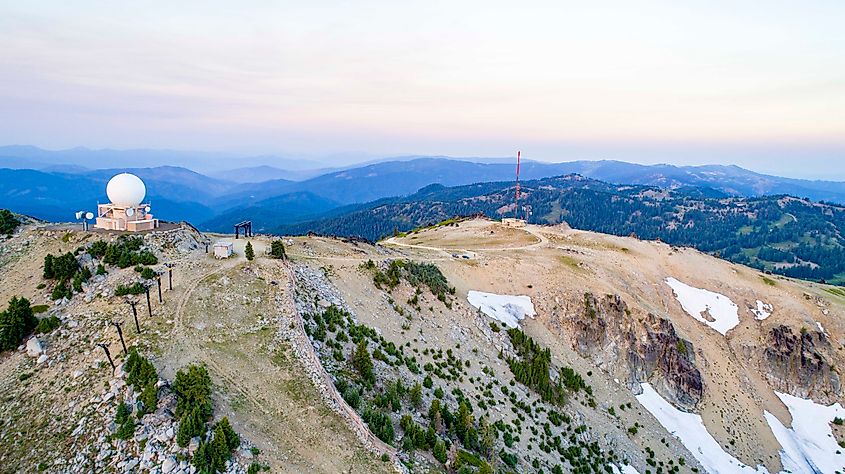
Mount Ashland is the highest point in the Siskiyou Mountain range, minutes from downtown Ashland. With a peak elevation of 7,533 feet, it is a popular year-round destination for outdoor enthusiasts. The Ashland Ski Resort has 200 acres of skiable terrain, including trails named after Shakespearean characters and plays, making it a popular winter playground. Nordic skiing, snowshoeing, fat-tire biking, alpine skiing, and snowboarding are available. In the summer, it is a haven for hiking, mountain biking, photography, and wildlife viewing.
Cascade-Siskiyou National Monument

The Cascade-Siskiyou National Monument comprises 114,000 acres of forest, woodlands, and grasslands where the Cascade Mountains meet the Siskiyou Mountains in southwestern Oregon and Northwestern California. It is home to more than 300 species of birds, mammals, reptiles, and amphibians, some of which are threatened or endangered. Within the monument, visitors can take a short hike along the 3-mile Grizzly Peak Trail for spectacular views of the Rogue Valley and Ashland. On clear days, hikers are rewarded with views of the Cascade Mountains, including Mount McLoughlin, Mount Shasta, and Diamond Peak.
Summary
Ashland is a city where art and culture meet nature. The city has evolved into a world-renowned cultural hub from its roots as Ashland Mills, a 19th-century milling community. The Oregon Shakespeare Festival (OSF), a legacy of the Chautauqua movement, draws global audiences to its three theatres, making Ashland a beacon for performing arts. Visitors can also explore the historic charm of downtown, vibrant art galleries, and creative spaces. Beyond the arts, Ashland offers outdoor adventures like Lithia Park, Mount Ashland, and the stunning Cascade-Siskiyou National Monument. A blend of artistic inspiration and natural splendor makes Ashland a theater hub where an artsy vibe thrives year-round.
